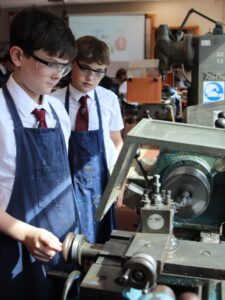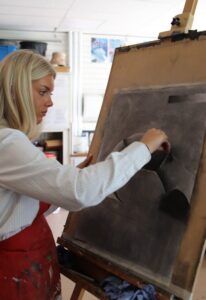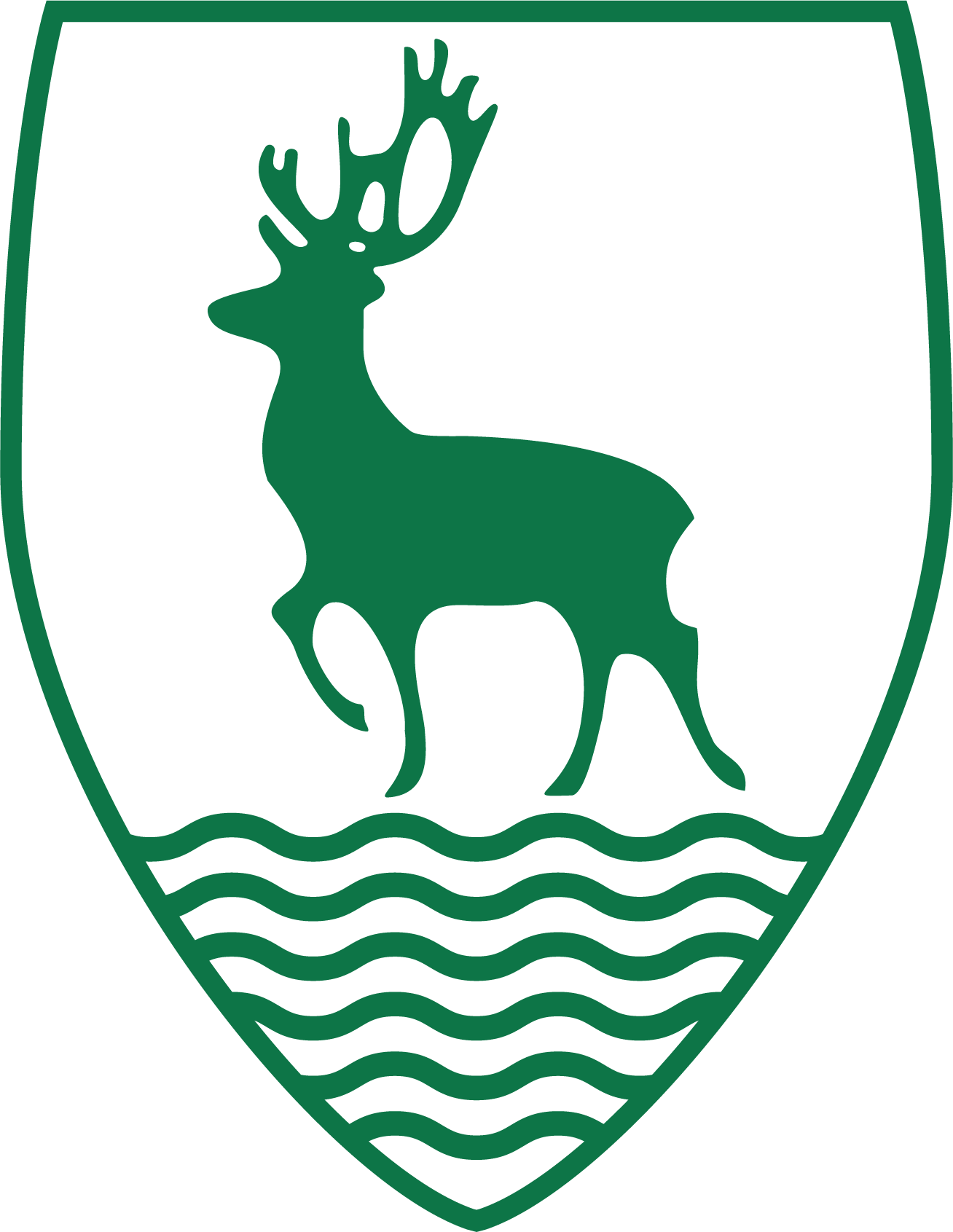Art and Design education often provides a personal sense of achievement, coming out of creative lessons as a more confident individual. At Simon Balle all-through school we provide high quality education in art, craft and design from reception to sixth form. Developing students’ creativity, imagination, skills and knowledge we support students in broadening their critical understanding of artists and designers and the work that shapes our culture. By equipping our students with the knowledge and skills to experiment and explore the formal elements showing personal development in drawing, painting, sculpture, photography, textiles and three dimensional design, we facilitate independent learners to further these skills. It is becoming increasingly important to be visually literate as mass media is a fundamental part of our cultural future. Being able to understand historic and contemporary art and design work is an important part of a student’s learning journey. We emphasise the career progression within the arts to broaden students aspirations and understanding of the opportunities that the creative arts have for their future. Here at Simon Balle we consider the arts as an enriching part of all our lives where we invite artists and practitioners to share their practice, offer culturally engaging trips and enriching opportunities to support our diverse curriculum.


Curriculum map for Three-Dimensional Design
Curriculum map for Photography
Teaching Staff
- Mrs H Ledster (Head of Department)
- Miss A Dowd (Subject Lead Three-dimensional Design)
- Mrs V Davis (Subject Lead Three-dimensional Design)
- Miss R Fish
- Mrs B Freeth
- Mrs M Gough
- Mr C Trueman
- Mrs C Smillie
- Miss L Hudson (Primary Art subject champion)
- Mrs E Summerfield (Primary DT subject champion)
2023-24 All-through Summer Exhibition coming soon…..

